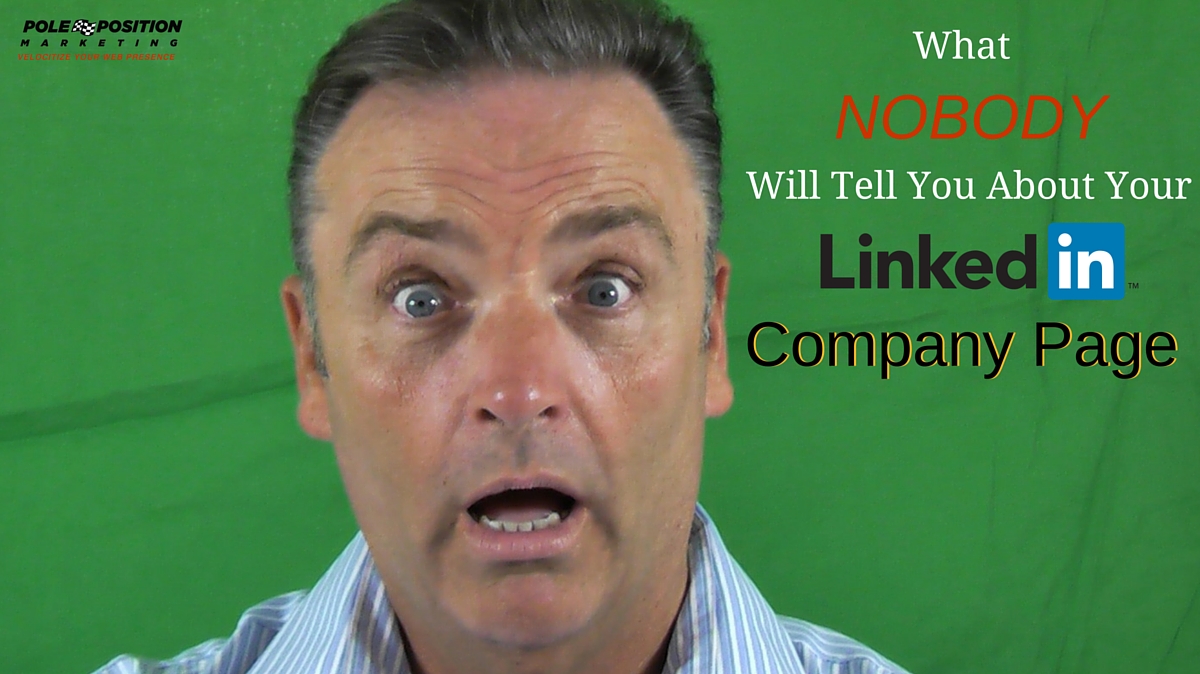
“Oh yeah, looks great!”
This is the response you’ll probably get if you ask your spouse or friends their opinions of your LinkedIn company page. Translation: “That’s pretty terrible, but I don’t want to hurt your feelings.” Or maybe it looks OK to them, but in reality, it does nothing to help your brand. While you get kudos for having a LinkedIn page, it’s not doing you any good if it serves as a poor representation of your brand.
Why a Quality LinkedIn Page Matters
According to research, 50 percent of LinkedIn members are more likely to purchase from a company they engage with on LinkedIn. While there are plenty of other statistics and data points to support the value of a quality LinkedIn profile, this is all you really need to know.
If you aren’t currently leveraging LinkedIn, you’re missing out on a number of potential leads. But don’t confuse leveraging LinkedIn with having simply having a presence. Just because you have a page, doesn’t mean it’s effective. There’s a huge difference between maintaining a bland presence for the purpose of saying you have a page and optimizing your page for maximum results.
4 Tips for Creating or Redesigning Your Page
The issue is that most businesses don’t understand what an effective company page looks like. They assume they can just throw up some copy, add a picture and be done with it, when in fact they need to carefully consider each individual element.
If you want to design a page that’s both aesthetically pleasing and engaging, then you’ll want to mull over the following tips and points:
- Use a High Quality Banner Image
The average customer is influenced much more by visuals than by textual content. This is why your banner image at the top of your company page matters so much. While many companies give little thought to which image they use, you need to spend time developing an image that clearly represents your brand. Park West Gallery, a company that sells fine art to more than one million clients throughout the world, provides a stellar example of what a high quality banner image looks like. On their company page, they use a sleek image that is certain to resonate with their consumer demographic. When choosing your own image, make sure it’s audience appropriate. - Complete All Fields
One of the biggest amateur mistakes you can make is leaving fields blank. If LinkedIn asks for a certain piece of information, do your best to provide it. Not only does a comprehensive profile look good to users, but LinkedIn also gives priority to profiles that are complete. UPS is the perfect example of how strong a comprehensive profile can look. - Provide Regular Updates
LinkedIn allows companies to release updates whenever they feel like conveying information to their connections. Updates are perfect for keeping users engaged and staying visible. You can make updates about job openings, new developments, press releases, and more. - Join the Right Groups
Developing your page is only half the battle. You also need to be discovered by your target market. One of the best things you can do is join relevant groups on LinkedIn. Not only does this show that you’re an active user, but it also allows you to network with other businesses and users – which is the entire point of the platform.
Don’t Underestimate LinkedIn
While you’ll hear a lot of conversation about Facebook and Twitter when it comes to social media marketing and engagement, don’t forget about LinkedIn. If you want your customers to take you seriously, then you need to work on establishing a strong and professional profile. Keep these four tips in mind as you get started.
